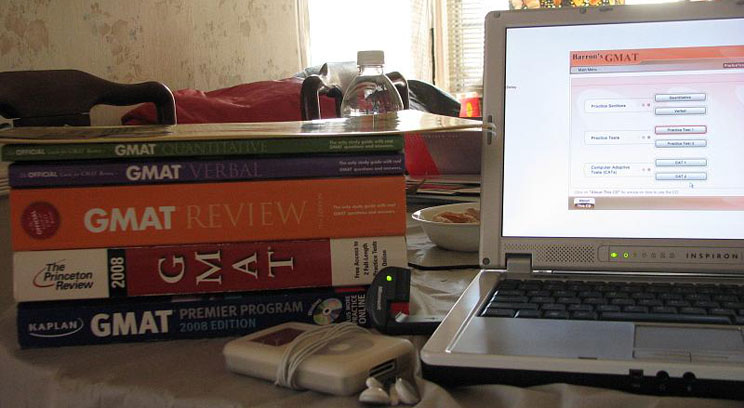One of the big components of an application to a business school program is the often-dreaded standardized test. The GMAT, for most applicants here, is by far the most-taken test. We often are asked about how to prepare for these tests and how much time to spend studying. Of course, the answer is different for every applicant, but there are some generalizations that apply. I often suggested planning on devoting about 100 hours to test preparation. The next question becomes: how should you spend those hours? Reading vocabulary cards, taking practice tests, studying algebra textbooks?
The Bell Curves Blog recently posted some interesting advice that helps to provide an answer:
Practice tests are evaluative tools and should be used as such. They are NOT learning tools. You use tests to assess what you have learned and your ability to apply that learning under conditions as similar to the real exam as you can make them. As such you should only be taking practice tests at most once per week (unless you are not working), and should seek to simulate the conditions of the actual test as much as possible when doing so (especially in the last few weeks before the real exam). In the larger preparation picture, you should take a practice test at the very beginning of your preparations to establish a baseline and determine your areas of strength and weakness. After that, it would be advisable to hold off on doing another practice test until you’ve had a chance to do some content review and focused, small-scale practice. Once you’ve gotten a sizable chunk of material and practice behind you, you should start incorporating full-length practice tests into your preparation regiment.
Check out the rest of their post for some key points for simulating practice tests and other GMAT prep.







